CLRS - Chapter 22
Theorem 22.10
In a depth-first search of an undirected graph G, every edge of G is either a tree edge or a back edge.
Proof Let (u,v) be an arbitrary edge of G, and suppose without loss of generality that u.d < v.d. Then the search must discover and finish v before it finishes u (while u is gray), since v is on u’s adjacency list. If the first time that the search explores edge (u,v), it is in the direction from u to v, then v is undiscovered (white) until that time, for otherwise the search would have explored this edge already in the direction from v to u. Thus, (u.v) becomes a tree edge. If the search explores (u,v) first in the direction from v to u, then (u,v) is a back edge, since u is still gray at the time the edge is first explored.
I most certainly understand the proof; but not quite convinced with the idea of forward edges.

In the above image, there is a forward edge from the first vertex to the third vertex (first row). The first vertex is the source.
As I understand DFS(S) would include a forward vertex 1 -> 3. (I am obviously wrong, but I need somebody to set me straight!)